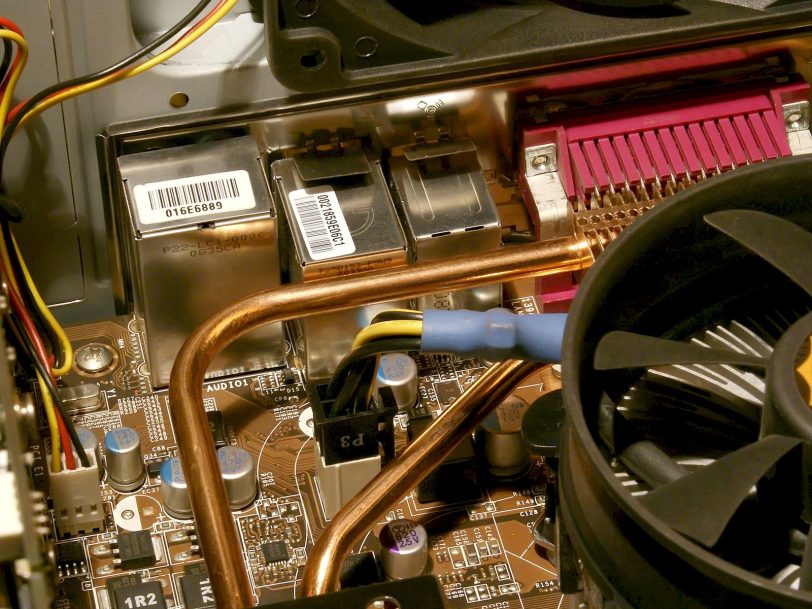What temperature is hot for graphics cards?

The maximum rating the graphics card can have depends on the card, also varies from one manufacturer to another (more or less fans in design) and from one model to another within the same architecture, they may give you different values.
In my case, I see the RTX 2060 go between 65 and 75º at max load (99% usage) at gaming temp. The point is that while the thermal throttling isn’t visible, it means the card doesn’t need to degrade performance to avoid physical damage to the card due to overheating.
In normal use a card reaches 50º, mine is designed that way so it won’t even turn on the fans at that temperature and barely reaches 22% of its spin speed to maintain around 70 degrees at max load.
For different graphics loads (low or very high) I think you need to be careful when the temperature is always at maximum and the fans are at high performance or exceeding 80/85º which is the norm for any game.
Thermal throttling doesn’t just happen with graphics cards, CPUs do the same thing, it’s a safety method to prevent damage from excessive heat, lower the temperature by reducing performance, you’ll notice lags after playing for a long time. It drops from 60fps to 45fps before playing stably with less fps or the same graphics configuration.
It’s always a good idea to invest in a good cooling system. There are very good economic systems. Another way is to manually lower the voltage and raise the frequency. You will not lose performance, you will reduce consumption and temperature.
When we talk about the graphics card, as a general rule, the operating temperature is usually much higher than that of the processor, and temperatures of 85ºC are “normal”. The maximum target temperature we should never exceed on the vast majority of graphics cards is 100ºC, but this value may vary depending on the manufacturer. As a general rule, AMD graphics tend to support higher temperatures than NVIDIA graphics.
Today and seeing trends in consumption and coolers, it’s becoming more and more difficult to maintain optimum values, so it’s a temperature we should review from time to time because the graphics card deteriorates as dust accumulates.
Maximum temperatures for NVidia graphics cards
NVidia provides a list of maximum safe temperatures of all graphics cards. Maximum temperatures are very similar to AMD’s (in this case, between 88 and 105 °C), but we’ll check them by model:
- GPU Nvidia
- Max Temperature
- Titan RTX
- 89°C
- RTX 2080 Ti
- 89°C
- RTX 2080 Super
- 89°C
- RTX 2080
- 88°C
- RTX 2070 Super
- 88°C
- RTX 2070
- 89°C
- RTX 2060 Super
- 89°C
- RTX 2060
- 88°C
- GTX 1660 Ti
- 95°C
- GTX 1660
- 95°C
- GTX 1650
- 92°C
- TITAN V
- 91°C
- TITAN Xp
- 94°C
- GTX 1080 Ti
- 91°C
- GTX 1080
- 94°C
- GTX 1070 Ti
- 94°C
- GTX 1070
- 94°C
- GTX 1060
- 94°C
- GTX 1050 Ti
- 97°C
- GTX 1050
- 97°C
- GT 1030
- 97°C
- TITAN X
- 91°C
- GTX 980 Ti
- 92°C
- GTX 980
- 98°C
- GTX 970
- 98°C
- GTX 960
- 98°C
- GTX 950
- 95°C
- GTX TITAN Z
- 95°C
- GTX TITAN Black
- 95°C
- GTX 780 Ti
- 95°C
- GTX 780
- 95°C
- GTX 770
- 98°C
- GTX 760
- 97°C
- GTX 750 Ti
- 95°C
- GTX 750
- 95°C
- GT 740
- 98°C
- GT 730
- 98°C
- GT 720
- 98°C
- GT 710
- 95°C
- GTX 690
- 98°C
- GTX 680
- 98°C
- GTX 670
- 97°C
- GTX 660 Ti
- 97°C
- GTX 660
- 97°C
- GTX 650 Ti
- 105°C
- GTX 650
- 98°C
- GT 640
- 98°C
- GT 630
- 98°C
- GT 620
- 98°C
- GT 610
- 102°C